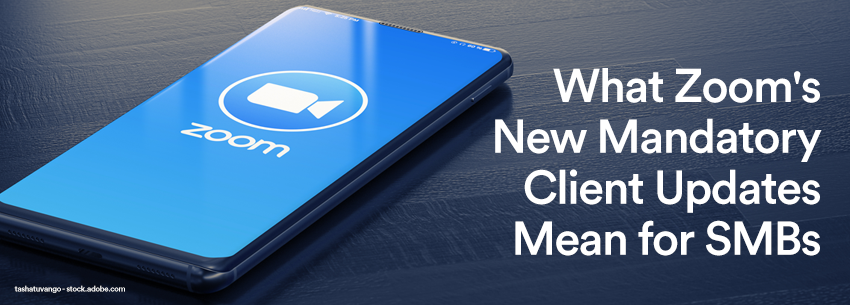Essential Steps For Maximizing Return on Technology Investment
POSTED ON December 14, 2020
You don’t have to look far to find stories of failed implementations and technology investments that have not generated the expected level of ROI and enterprise value.
Change management is a crucial component of any new technology implementation, and yet change management is one of the components that organizations seem to struggle with the most.
For companies to maximize the return on their technology investments, all the teams affected by the new technology must understand what will change, how it will change, when it will change, and, perhaps most importantly, why it will change.
While ROI is typically discussed within a marketing or accounting parameter, businesses should also take the time to calculate this important figure for any technology investments. Whether you are thinking about installing new applications or want to purchase new devices, calculating an ROT can help you to make a more informed decision, which can provide immediate and long-term benefits.
Technology is not just a maintenance effort; you should see IT as an investment in improving your business.
If your current IT services don’t help you to optimize your business, you won’t get the best price for your success. Here at Agilitec, we take the time to learn your business inside and out so that we can craft IT solutions that will give you a return on your investment.
3 Steps to Get the Maximum Return On Your Technology Investment
1. Work with a Technology partner who understands your business needs
Strategic IT services include the development or optimization of IT solutions that address your business’s vulnerabilities and help you improve operations to achieve your business goals. This approach requires a strong partnership between your IT provider and your company to adapt their approach to your needs.
Your IT team should be invested in finding technological solutions that focus on eliminating weak points in your business operations and reducing or automating tasks that your team needs to do to deliver your product or service. If they are not, it might be time to look at which one is which.
2. Recognize the difference between maintaining and investing in IT
The key difference between an IT team that is focused on maintaining your IT systems and one that is focused on investing in your IT is the emphasis on strategy.
IT without strategy is simply providing upkeep to an existing system, fixing issues as they arise, and not evaluating the effectiveness of your IT. Technically this approach works, but it is also often inefficient and not cost-effective.
For example, instead of simply fixing issues as they come up, a strategic IT partner would investigate why the problems were arising, find the root of the issue, and determine how to eliminate it. This removes the interruption to your business, the headache around fixing the issue, and the money you would have spent continuing to apply quick fixes.
3. What gets measured, gets managed
In order to know whether your IT solutions work for you, you need to be able to measure efficiency. Working with experienced IT experts can help you identify which measurements of success should be evaluated and how they can be followed appropriately. Key performance indicators such as capacity utilization, on-time delivery and earnings help you and your IT partner identify areas of your system that are underutilization or need to be adjusted.
Additionally, metrics can help you track the adoption of new IT solutions by your employees. After investing your time and money into an IT solution, you want it to be quickly adopted so you can begin to reap the benefits of it. If you are seeing a slow adoption you know you need to do more education or training on the new system or tweak it to better fit your employee’s needs.
Don’t waste your IT investment, book a call with us today and take the first step towards getting a higher return on your technology. We would be honored to become your trusted IT partner.


